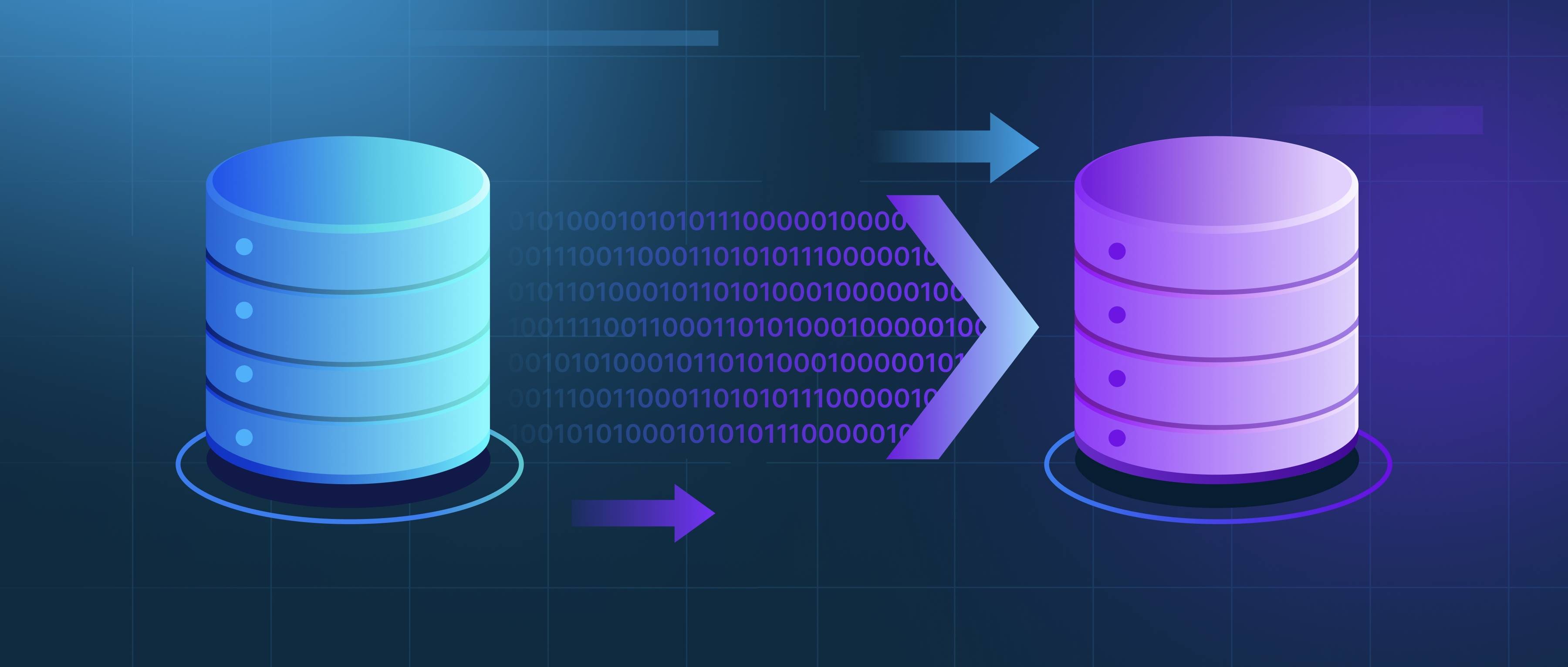Predictive analytics supports pricing optimization by using historical data and statistical algorithms to forecast customer behavior and market trends. By analyzing factors such as past sales data, customer demographics, and purchasing patterns, businesses can identify the best prices that will maximize revenue while remaining competitive. For example, a retail company might use predictive models to analyze seasonal sales trends. By understanding when demand peaks, they can adjust prices in advance to attract more customers during key shopping periods.
Furthermore, predictive analytics allows companies to simulate various pricing scenarios. Organizations can analyze how different price points impact demand and revenue. For instance, an airline might implement predictive models to assess how lowering ticket prices affects the number of bookings. If the analysis shows that a slight price reduction boosts overall sales significantly, the airline can adjust its pricing strategy accordingly. This ability to anticipate customer reactions to price changes is crucial in a competitive market.
Lastly, predictive analytics helps in personalizing pricing strategies based on specific customer segments. By using customer behavior data, businesses can determine which products different groups are willing to pay more for. For instance, an online streaming service could analyze user engagement and usage patterns to offer personalized subscription prices. This approach not only increases user satisfaction but also enhances revenue by ensuring that customers perceive value in what they are paying. Overall, predictive analytics enables data-driven decisions that improve pricing strategies and optimize profitability.
